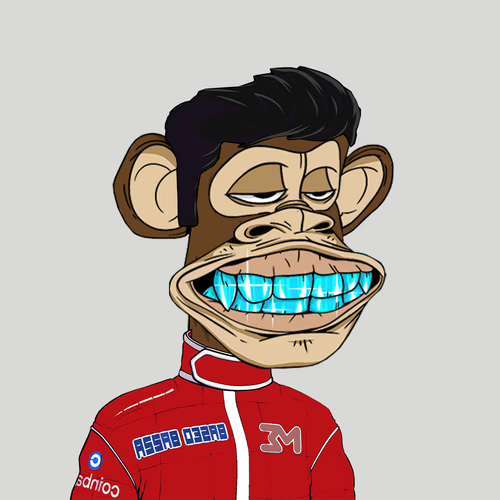In the volatile world of cryptocurrencies, timing your trades accurately is a significant challenge for every investor. Whether you’re a newbie just starting or a seasoned player who has been navigating this space for years, mastering effective technical analysis tools is crucial. Among the many indicators available, the Doji candlestick pattern stands out due to its unique characteristics and insightfulness.
So, what exactly is the Doji candlestick? Why is it considered an important basis for investment decisions? And how should we interpret and utilize this pattern to optimize our trading strategies? Today, let’s delve into the mysteries of the Doji candlestick and help you make smarter decisions in the market.

What is a Doji Candlestick?
The Doji is a specific shape in candlestick technical analysis that often signifies market indecision. In this pattern, the opening and closing prices are nearly equal, creating a cross-like appearance. To better understand the Doji candlestick, we can analyze it from several aspects:
1. Characteristics
The key feature of the Doji candlestick is that it has significant upper and lower shadows, while the body (the area between opening and closing prices) is almost nonexistent. This pattern can appear in any market position, including uptrends, downtrends, or sideways movements.
Upper Shadow: This indicates that prices briefly reached higher levels within the time frame but failed to maintain those levels.
Lower Shadow: This signifies a price low during the time period, as selling pressure was not sustained, and prices returned to the vicinity of the open price.
Candlestick Body: Very small, almost negligible, indicating that neither the bulls nor the bears had significant power during the period.
2. Significance and Psychology
When a Doji appears, both buyers and sellers are engaged in a kind of stalemate. Investors usually have differing opinions on future price movements, creating uncertainty that may lead to a reversal or continuation of the market trend. Understanding the psychological backdrop of this pattern helps us make smarter trading decisions.
Reversal Signal: A Doji in an uptrend may indicate a potential reversal, serving as a sell signal. Conversely, in a downtrend, a Doji might suggest a buy signal.
Continuation Signal: If a Doji forms during a period of sideways movement, it may indicate that the market will continue in its current trend, albeit with increased uncertainty during this time.
3. Practical Application
To effectively utilize the Doji candlestick pattern, investors need to combine it with the overall market trend and other technical indicators for comprehensive analysis. Relying solely on the Doji could lead to false decisions; therefore, we recommend integrating other analytical tools such as the Relative Strength Index (RSI) and Moving Averages (MA) into your trading strategy.

Confirmation Signal: After the Doji forms, confirm its directional change with the next candlestick. When strong bullish or bearish momentum occurs, you may proceed to buy or sell accordingly.
Stop-Loss and Take-Profit Settings: Following clear reversal signals, set appropriate stop-loss levels to mitigate potential losses. Additionally, establish take-profit points based on market volatility to secure profits already gained.
Example Analysis
To better comprehend the practical utility of the Doji pattern, here’s a simple practical scenario:
Suppose a particular cryptocurrency experiences a consistent upward trend over the previous month. During this period, a Doji candlestick appears on the chart, and the next candlestick confirms a downward trend. You decide to sell based on the formation of the Doji on the subsequent candlestick, setting a stop-loss position to protect your assets and successfully avoid a subsequent market pullback.
By observing this case, we can see how the Doji candlestick can play a crucial role in real-world trading operations.

Conclusion
The Doji candlestick pattern, as a valuable technical analysis tool, can not only help investors identify potential reversal points in the market but also provide robust support for entry and exit decisions. However, as with any investment strategy, relying solely on one indicator is insufficient. Combining the Doji pattern with other technical tools maximizes the success rate of trades and reduces risks.
I hope this article assists you in understanding the Doji candlestick pattern, helping you navigate your cryptocurrency journey more effectively! If you have any questions or thoughts, feel free to leave a comment below, and let’s engage in discussion!












No comments yet